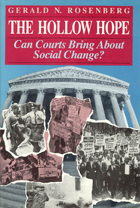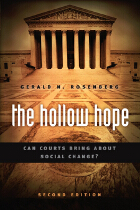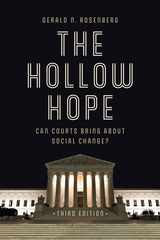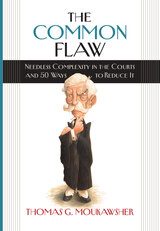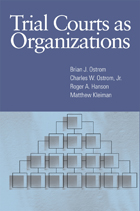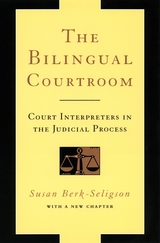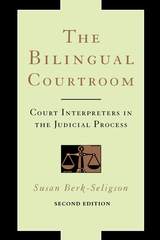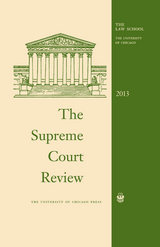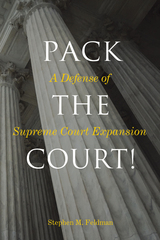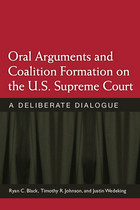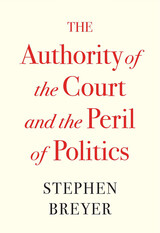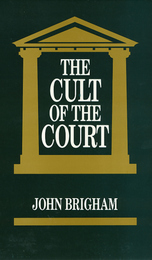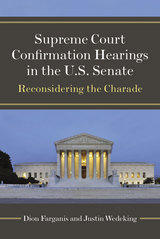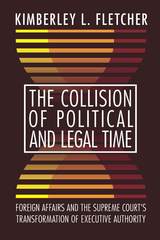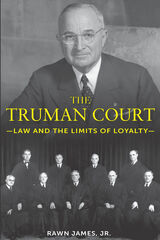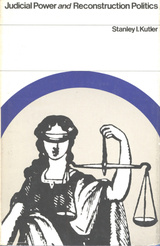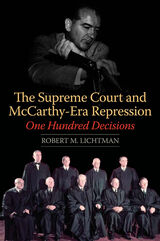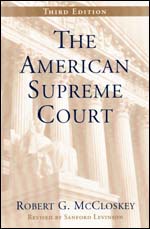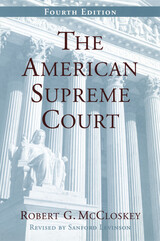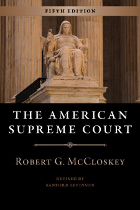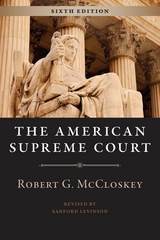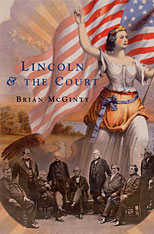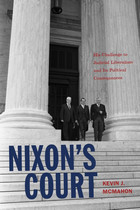The Use of Social Science Data in Supreme Court Decisions
University of Illinois Press, 1998
Paper: 978-0-252-06661-0 | Cloth: 978-0-252-02355-2
Library of Congress Classification KF8742.E75 1998
Dewey Decimal Classification 347.7326
Paper: 978-0-252-06661-0 | Cloth: 978-0-252-02355-2
Library of Congress Classification KF8742.E75 1998
Dewey Decimal Classification 347.7326
ABOUT THIS BOOK
ABOUT THIS BOOK
The legal community traditionally has drawn unsystematically and at will on the findings of social science, sometimes with unfortunate results. The authors of this study explore this issue by focusing on the way the United States Supreme Court uses social science data in reaching its decisions. Concentrating on decisions involving abortion, sex discrimination, and sexual harassment, they show that the use of such data has increased over the last twenty years, but that the data's use by the court appears to hinge more on the judges' liberal, conservative, or long-held positions and the types of cases involved than on the objectivity or validity of the data.
By offering insights into how data are used by the Supreme Court, the authors hope to show social scientists how to make their research more suitable for courtroom use and to show the legal community how such data can be used more effectively. The volume includes an overview of the kinds of research used, a list of cases in which such research was used, and a discussion of justices and how they voted on cases in which such data were used from 1972 to 1992.
By offering insights into how data are used by the Supreme Court, the authors hope to show social scientists how to make their research more suitable for courtroom use and to show the legal community how such data can be used more effectively. The volume includes an overview of the kinds of research used, a list of cases in which such research was used, and a discussion of justices and how they voted on cases in which such data were used from 1972 to 1992.
See other books on: Judicial process | Sex and law | Social sciences | United States. Supreme Court | Use
See other titles from University of Illinois Press

